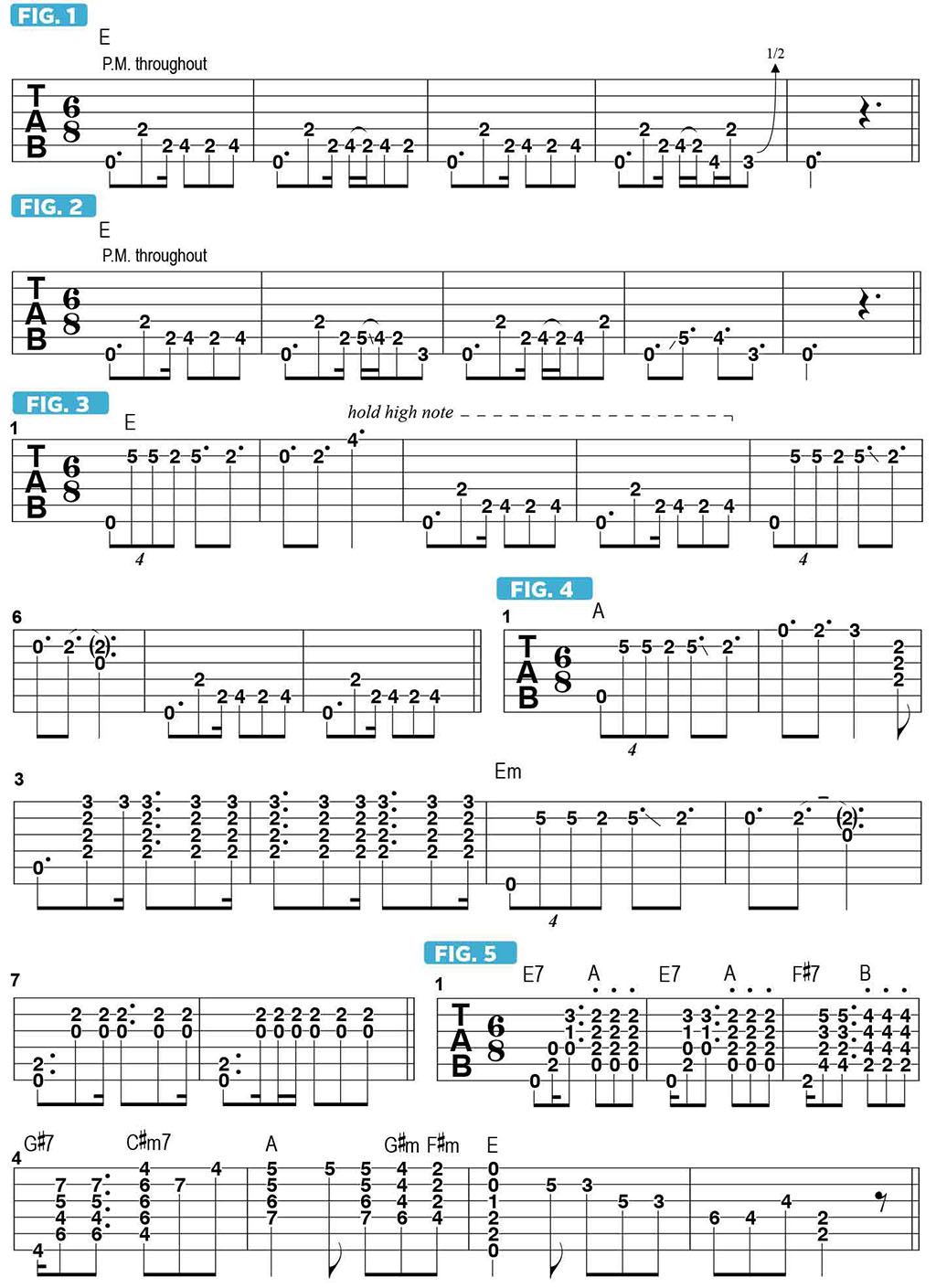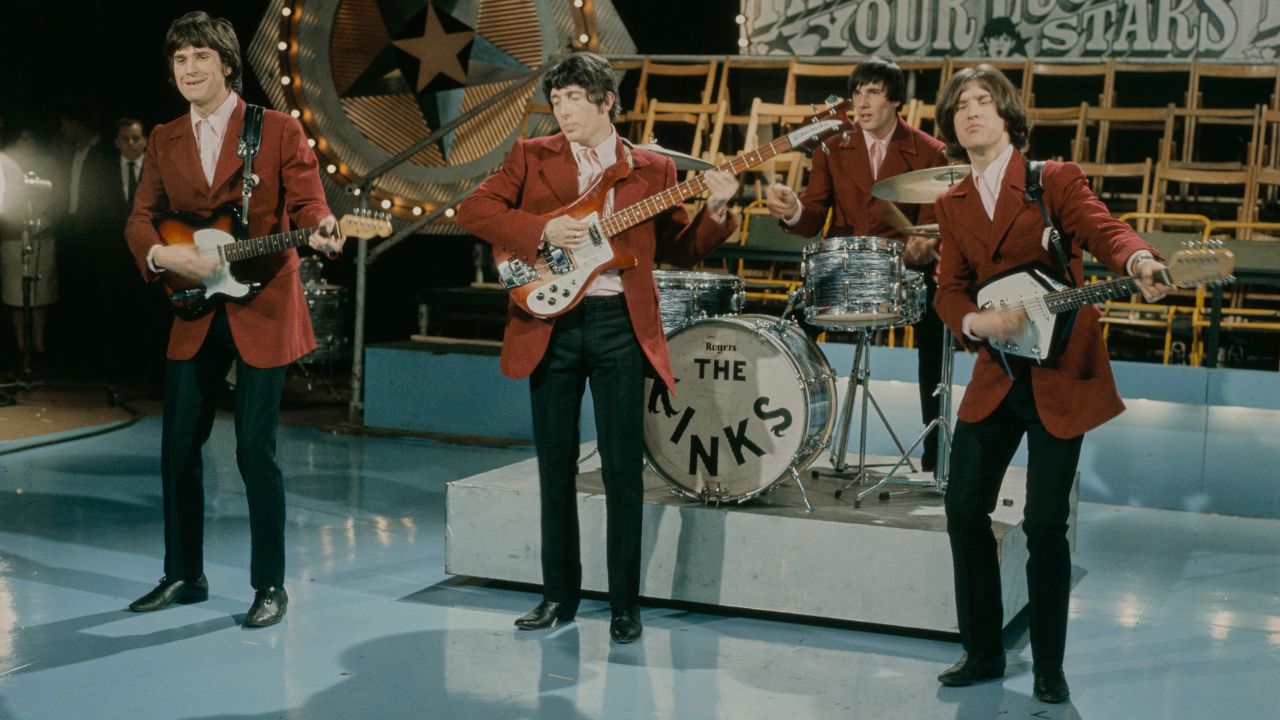Riffing in 6/8, and How to Play "The Ramble"
Learn how to play in 6/8 from our new columnist, Julian Lage!
Hello everyone, and welcome to my new Guitar World column. Over the course of these lessons it is my goal to demonstrate the various approaches I use for performing, composing and learning on the guitar, and it is my hope that you’ll find them helpful to you in your own musical endeavors.
I’d like to begin with a look at a composition of mine called “The Ramble,” which is the opening track on my 2018 album Modern Lore. “The Ramble” was originally written for a record I was working on with the great acoustic guitarist Chris Etheridge. We needed a tune that would have a few particular qualities: it needed to be fast, to be easy to learn, easy to solo over and also to function as a good set opener. Once we were working on the record, we realized we didn’t really need the tune, so I kept it in my back pocket, and it turned out to be the perfect opener for Modern Lore.
The tune is played in 6/8 meter and is built around the bass-like pattern shown in FIGURE 1, which is based on the E major pentatonic scale (E F# G# B C#). All notes are palm muted throughout. As the arrangement unfolds, I like to bring in slight variations on the basic riff, along the lines of FIGURE 2. Here, I begin with the same syncopated pattern based on eighth and 16th notes, but I include the b7 (flatted seventh), D, as well as the b3 (minor third), G.

This phrase functions as an ostinato motif throughout the composition, which is defined as “a recurring rhythmic or melodic pattern,” but I am free to switch it up spontaneously, in terms of the rhythms and syncopations or utilizing any notes from the E blues scale (E G A Bb B D) or E Mixolydian mode (E F# G# A B C# D).
After that guitar motif is introduced, the bass takes over the pattern, and the guitar is free to add a melody, or theme, on top, as shown in FIGURE 3. This melodic line is also based on E major pentatonic, but it’s played with a “straight” (even)- eighths feel. Within the 6/8 meter, instead of playing six evenly spaced eighth notes in each bar, I alternate between playing four evenly spaced notes and two evenly spaced notes, which creates a “four on three” or “two on three” feel, respectively.
The first part of the composition functions akin to a 12-bar blues, so the initial pattern in E is essentially moved to the four chord, A and then returns to E, as shown in FIGURE 4. But instead of proceeding to the five chord, B, as in a standard 12-bar blues, I chose to play FIGURE 5: in bars 1 and 2, I alternate between E7 and A; this is moved up one whole step to F#7 and B in bar 3 and G#7 and C#m7 in bar 4. Bar 5 descends A G#m F#m, returning us to E, and the melody concludes with a descending phrase based on the E whole-tone scale (E F# G# Bb C D).
Next month we will examine soloing for this tune. See you then!
Julian Lage is a world-renowned American jazz guitarist and composer whose latest album is 2019's Love Hurts.
Get The Pick Newsletter
All the latest guitar news, interviews, lessons, reviews, deals and more, direct to your inbox!










